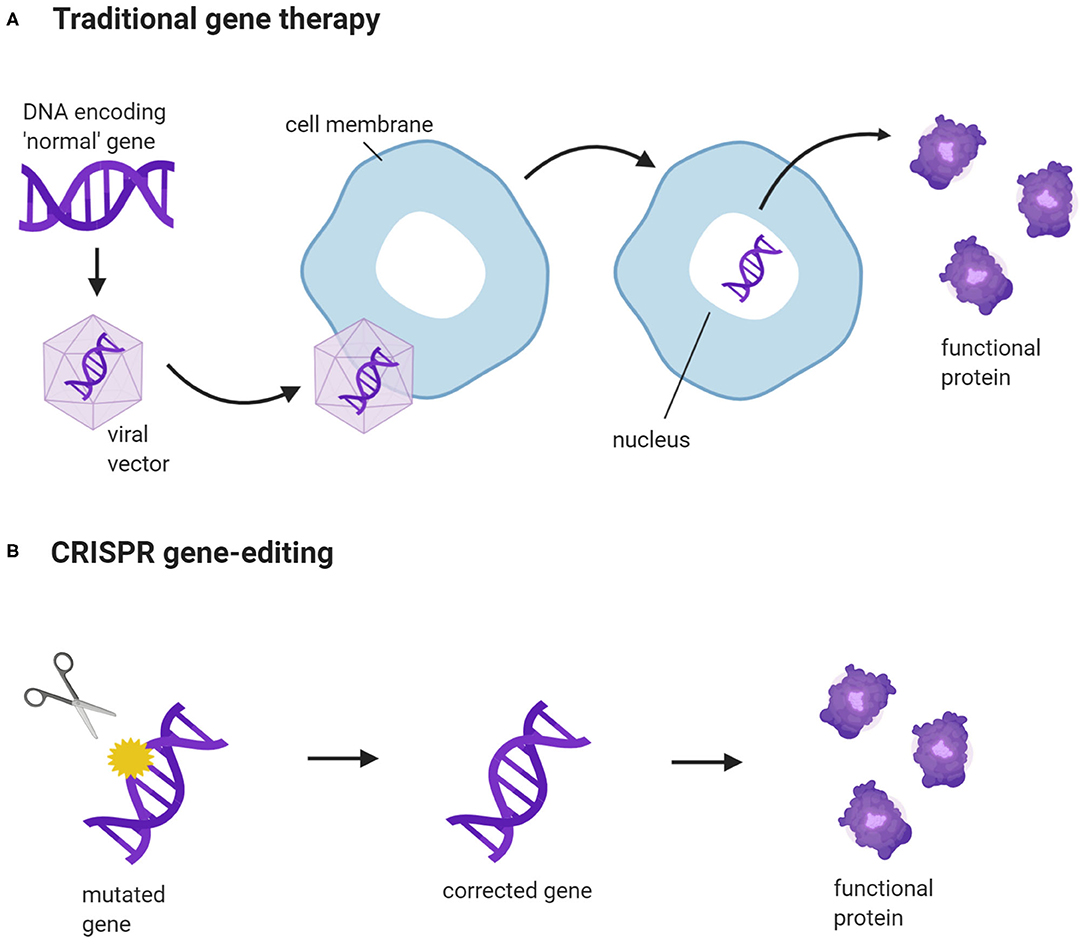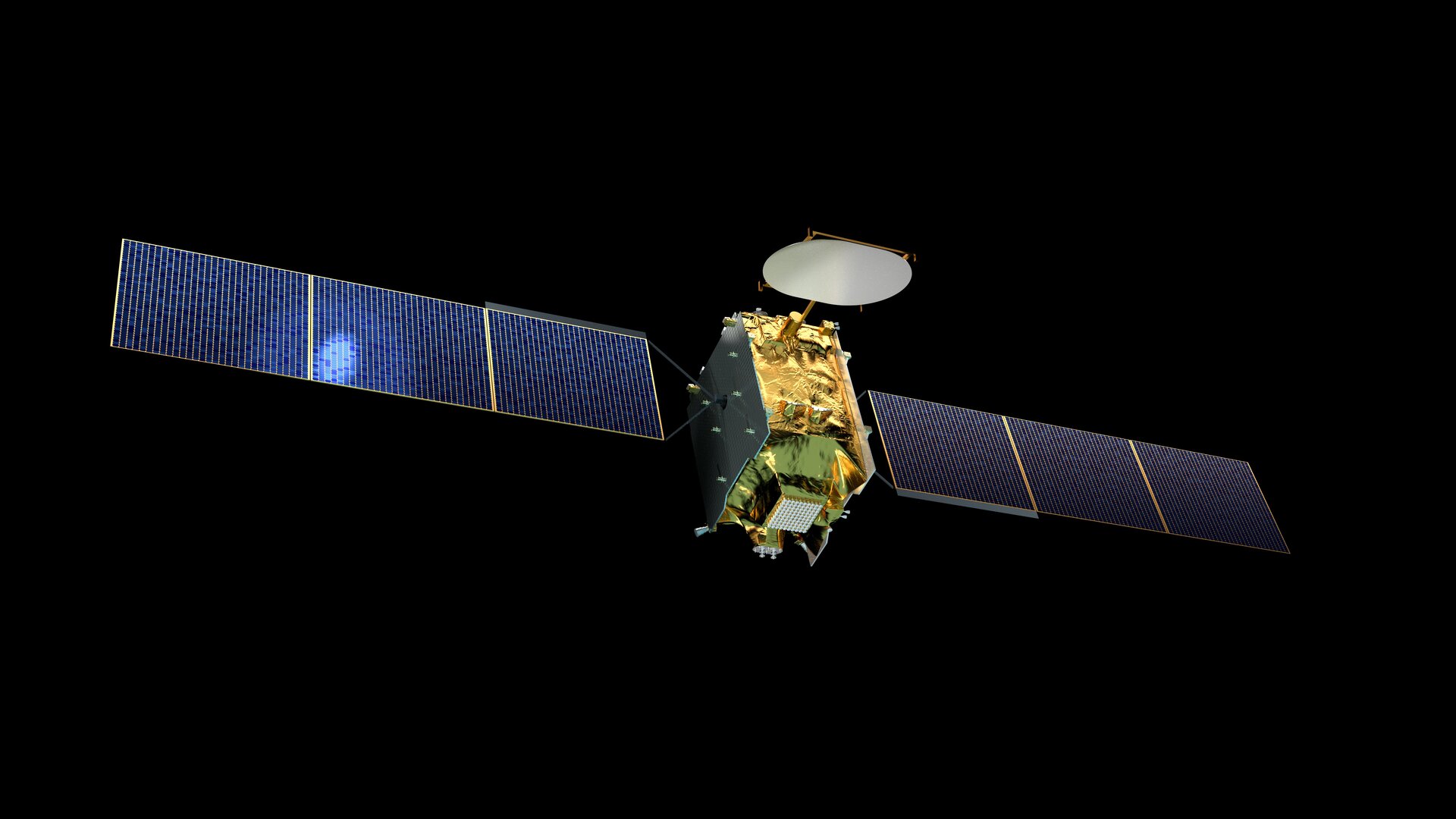
Mitigating Genetic Intervention Risks with CRISPR Gene Editing Liability Insurance
In the rapidly advancing field of genetic engineering, CRISPR gene editing technology has emerged as a revolutionary tool, allowing precise modifications to the DNA of living organisms. While the potential benefits are vast, the ethical and legal implications surrounding gene editing have raised concerns. This article explores the need for CRISPR gene editing liability insurance to address the evolving landscape of genetic intervention.
Understanding CRISPR Gene Editing Technology
CRISPR, which stands for Clustered Regularly Interspaced Short Palindromic Repeats, is a powerful gene-editing technique that enables scientists to modify genes with unprecedented accuracy. This technology has transformative implications for treating genetic disorders, enhancing agricultural productivity, and more. However, with great power comes great responsibility, and the potential for unintended consequences raises questions about liability.
Navigating Ethical and Legal Complexities
As scientists delve deeper into the possibilities of CRISPR, ethical concerns regarding unintended genetic consequences and unintended ecological impacts have surfaced. The legal landscape is also evolving, with potential liability scenarios ranging from unintended genetic mutations to environmental ramifications. Stakeholders, including researchers, bioethicists, and policymakers, are grappling with the complexities of balancing scientific progress with ethical responsibility.
The Role of CRISPR Gene Editing Liability Insurance
In response to the uncertainties surrounding CRISPR technology, a specialized insurance product—CRISPR gene editing liability insurance—has emerged. This insurance aims to provide financial protection for stakeholders involved in genetic interventions, including researchers, biotech companies, and even agricultural entities. By offering coverage against legal claims and financial losses resulting from unintended consequences, this insurance addresses the unique risks associated with CRISPR applications.
Coverage Scope and Considerations
CRISPR gene editing liability insurance typically covers a range of scenarios, including unintended genetic mutations, ecological impacts, and potential harm caused by modified organisms. Policies may vary, and it’s crucial for stakeholders to carefully assess the scope of coverage to ensure comprehensive protection. As the technology evolves, insurance providers continually refine their offerings to adapt to emerging risks and challenges.
Risk Mitigation Strategies
In addition to obtaining CRISPR gene editing liability insurance, stakeholders can adopt proactive risk mitigation strategies. This may involve rigorous testing protocols, environmental impact assessments, and adherence to ethical guidelines. Collaborative efforts between scientists, policymakers, and insurers are essential to establish industry best practices that minimize risks associated with gene editing technologies.
The Future of CRISPR Gene Editing Liability Insurance
As CRISPR technology continues to advance, the landscape of genetic interventions will undoubtedly evolve. CRISPR gene editing liability insurance is poised to play a crucial role in shaping this future by providing a safety net for stakeholders navigating the uncharted territories of genetic modification. Insurers will likely refine and expand their coverage offerings, and regulatory frameworks may also develop to ensure responsible use of gene-editing tools.
Challenges and Controversies
While CRISPR gene editing liability insurance addresses many concerns, challenges and controversies persist. Questions about long-term environmental impacts, the potential for misuse of gene-editing technology, and unforeseen consequences remain subjects of intense debate. Insurance providers, along with the broader scientific and regulatory communities, must remain vigilant and responsive to emerging challenges.
Educating Stakeholders
A key component of responsible genetic intervention is education. Stakeholders, including scientists, policymakers, and the public, need to be well-informed about the potential risks and benefits of CRISPR technology. Educational initiatives can foster a more informed and responsible approach to gene editing, reducing the likelihood of liability scenarios and promoting ethical practices.
Conclusion
CRISPR gene editing technology holds immense promise for addressing genetic disorders and advancing various fields. However, the ethical and legal complexities surrounding genetic intervention necessitate careful consideration and risk mitigation. CRISPR gene editing liability insurance is a valuable tool in managing the uncertainties associated with this groundbreaking technology, providing a financial safety net for those involved in the evolving landscape of genetic engineering.
To learn more about CRISPR gene editing liability insurance and how it addresses the unique risks associated with genetic interventions, visit CRISPR Gene Editing Liability Insurance.



